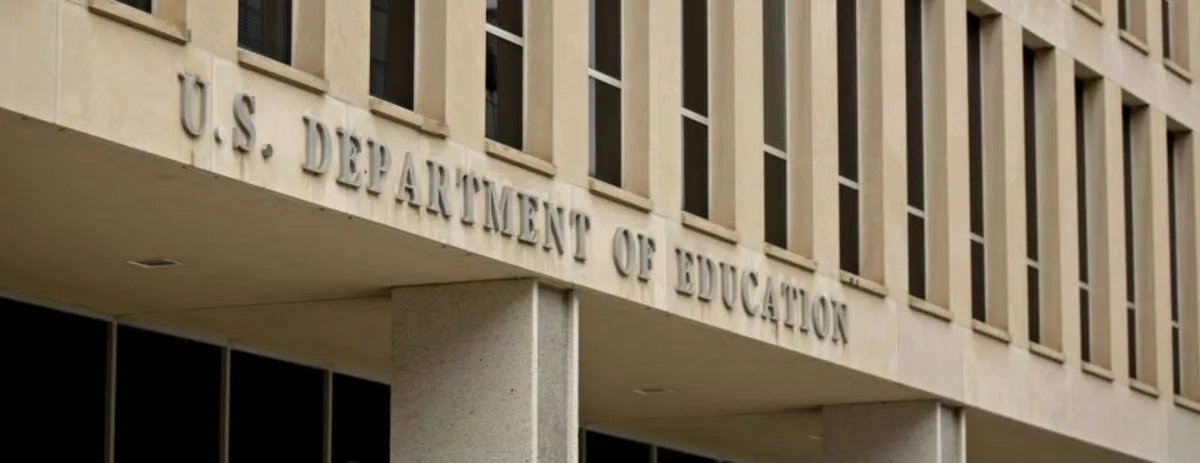
The US Supreme Court is facing mounting criticism for its perceived differential treatment of presidential administrations, particularly in its recent decisions favoring former President Donald Trump. Critics argue that the court is acting as a partisan ally to Trump by allowing him to continue dismantling critical policies without adequate justification. In a significant order issued on Monday, the Supreme Court permitted Trump to press forward with his plans to dismantle the Education Department. This decision has raised eyebrows among legal scholars, especially in light of the court's prior ruling that halted President Joe Biden's efforts to cancel billions in federal student loan debt.
Legal experts are expressing confusion over the Supreme Court's contrasting treatment of actions taken by Trump and Biden. Samuel Bagenstos, a law professor at the University of Michigan, highlighted the stark difference in how the court approached Biden’s student loan relief program, which was put on hold in 2023 while the court deliberated over the merits of the administration's authority to implement it. “It’s really hard to square that order with what they did to Biden’s student loan plan,” Bagenstos pointed out, noting that instead of putting Trump’s actions on hold for consideration, the court swiftly granted a stay that allows Trump to act immediately.
The unsigned ruling from the divided court means that Trump is not required to reinstate approximately 1,400 Education Department employees, an outcome that Justice Sonia Sotomayor criticized in her dissenting opinion. She accused her conservative colleagues of facilitating Trump’s plans to circumvent legal protocols by allowing him to effectively dismantle the department without congressional oversight. “It hands the Executive the power to repeal statutes by firing all those necessary to carry them out,” Sotomayor stated, labeling the court's decision a “misuse of our emergency docket.”
Legal scholars are also questioning the court's rationale regarding standing and legal injury in this case. Nicholas Handler, an associate law professor at Texas A&M University, observed that the majority ruling could have concluded that local school districts, unions, and states lacked the legal standing to challenge the administration’s cuts. “A lot of the frustration, I think, that people are expressing here is we just don’t know,” he remarked. “We don’t know what issue they decided this on, we don’t know what their reasoning was.”
In a striking contrast, the Supreme Court ruled against Biden's student loan relief plan, determining that Biden was unlawfully “seizing the power of the legislature” after establishing that the state challengers had standing to sue. The lack of explanation for the court's recent decision regarding Trump raises further questions about its consistency and reasoning. “Maybe there’s some great argument as to the merits and the standing here that I’m not aware of that could plausibly justify this ruling, but the court hasn’t even previewed it,” Handler remarked, echoing sentiments of frustration over the court’s seemingly disparate treatment of the two administrations.
The Trump administration has made extensive use of the court’s shadow docket, a term that refers to decisions made on an expedited basis without full briefing or oral arguments. Stephen Vladeck, a professor at Georgetown Law, noted that since April, the Supreme Court has sided with Trump in all 15 rulings concerning his emergency requests. These requests have included critical issues such as immigration policies and the dismissal of transgender military service members, with only three of these rulings accompanied by majority opinions; the rest have lacked any explanation.
Josh Blackman, a law professor at South Texas College of Law, criticized the court for not providing clarity in its decisions, particularly regarding the latest ruling affecting education workers. He pointed out that the court had ample time to formulate a reasoned decision since the briefing for the case was completed in June. “The fact that they didn’t write a decision explaining their ruling suggests the justices in the majority may not have been able to agree on a rationale for siding with the Trump administration,” Blackman stated.
The unprecedented frequency of emergency petitions from the Trump administration, coupled with the court’s reluctance to provide detailed explanations or vote counts, has raised significant concerns among legal experts. Dalié Jiménez, a law professor at the University of California, Irvine, who supported Biden’s student loan program, observed, “The court is absolutely behaving differently when it comes to the Trump administration.” This situation underscores the urgent need for greater transparency and clarity in the Supreme Court’s rulings to uphold public trust in the judicial system.